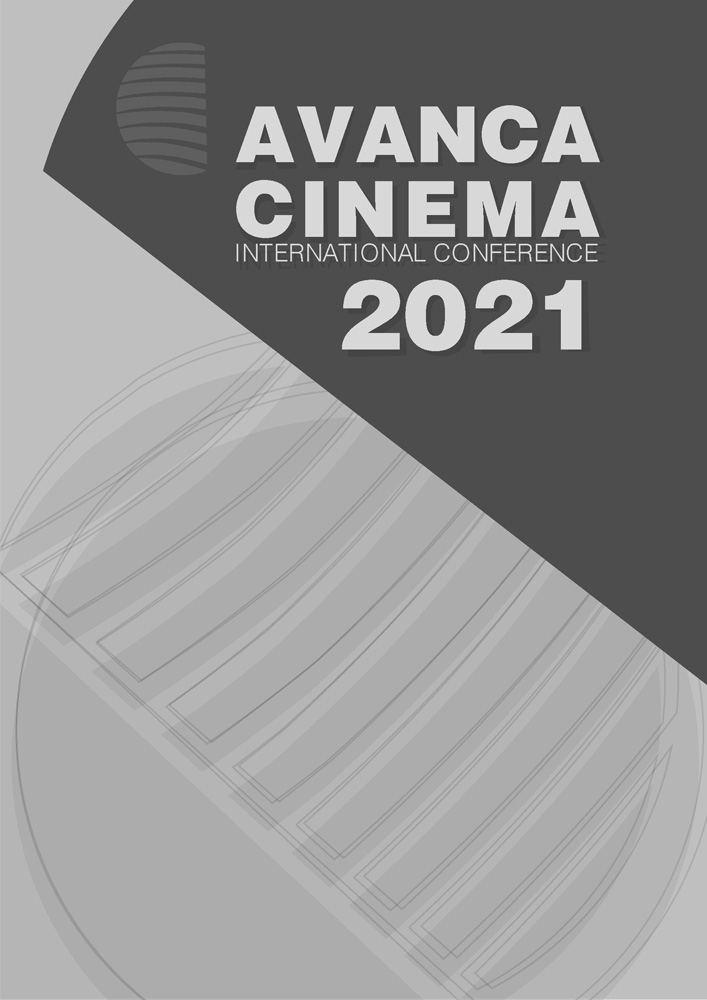Chapter II _ Cinema - Cinema
Experimental animation and awareness on the new coronavirus. The potential of opaque audiovisual images for children
Abstract
This paper analyzes the process of creating, producing and broadcasting a children’s animation trilogy on social issues related to the pandemic of the new coronavirus, reflecting the potential of what Francis WOLFF (2005) calls “opaque images”. Starting from Paul WELLS’s (2013) notion of development animation - according to which the oscillation between the abstract and the representative and between the experimental and the narrative can be fruitful for the audiovisual language - our analysis is centered on technical diversity and plastic possibilities that were established in the production of the titles “Social Detachment e affectivity”, “Food and Immunity” and “Quarantine’s Rap” carried out by the experimentation group in animation of the Audiovisual Extension Project of the Federal University of Espírito Santo. In this process, the transdisciplinary work in the areas of design, music and cinema addressed issues related to the pandemic of the new coronavirus to address contemporary social reality, treating the image as an imaginative capacity and technical expression. In this way, the 2D animation technique proved to be a fundamental tool for reflection on the modeling of the real in the current context of the flow of iconophagic images (BAITELLO, 2014) in relation to the human will to express movement through the art(s).

This work is licensed under a Creative Commons Attribution 4.0 International License.

